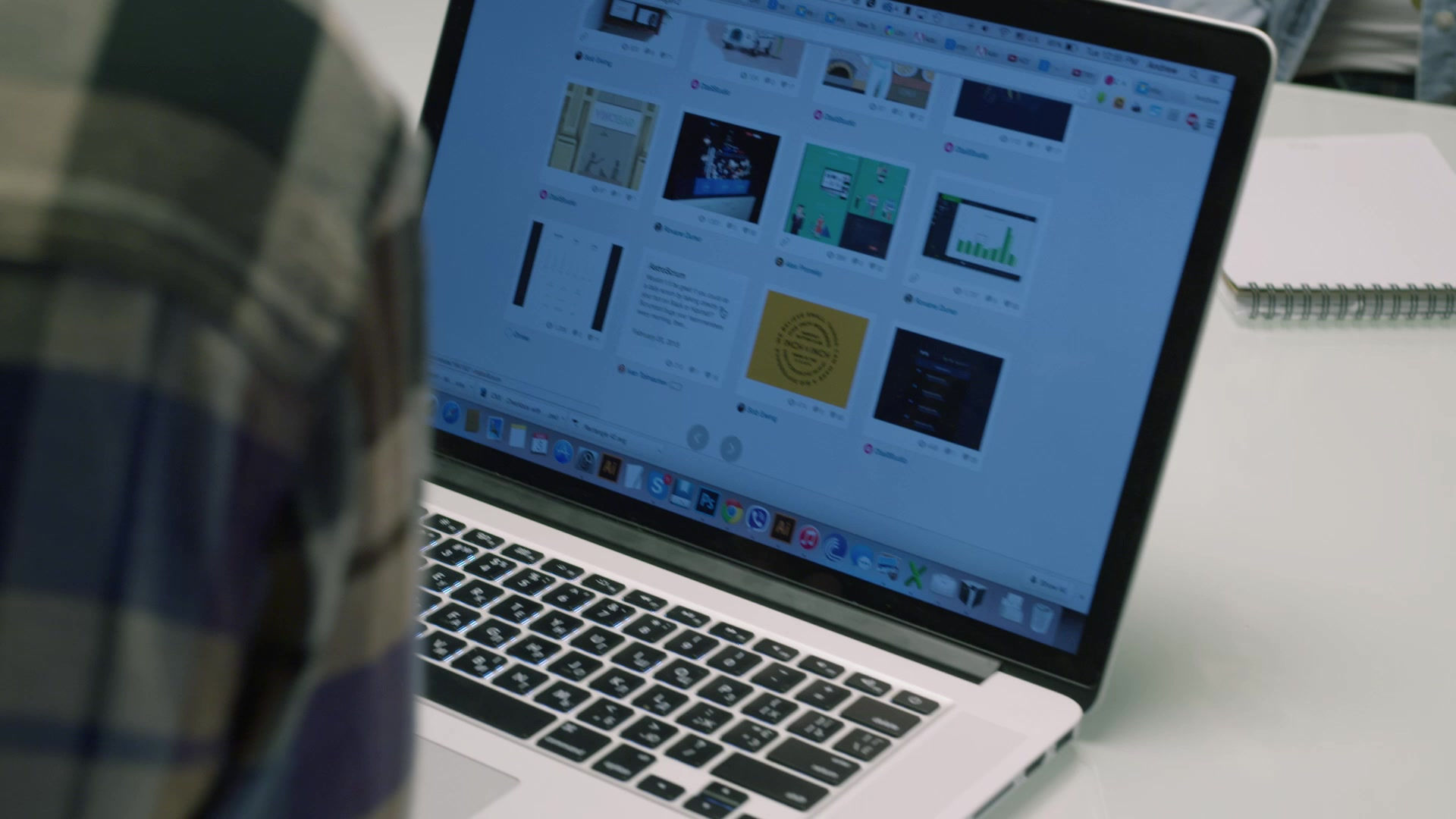The installation of Oracle WebLogic 10.3.5.0 for 64-bit platforms does not include the 64-bit JDK. Therefore, prior to installing Oracle WebLogic 10.3.5.0 for 64-bit platforms, you must manually download and install the requisite JDK. For the latest information about the specifically supported JDK, refer to the Oracle Fusion Middleware Certification document at this link:
Weblogic Server 10.3 Free Download For Windows 7
Before you can register the server, you need to download the WebLogic Server installer and follow the steps described in the Oracle WebLogic Server installation guide to install the server on your local machine. In addition to installing the server, you will need to create a WebLogic domain before you can register the server with the IDE.
Note. If you are registering an instance of WebLogic Server 12c (12.1.1.0) you do not need to enable JPA 2.0 because JPA 2.0 is enabled by default. If you are registering an instance of WebLogic Server 11g Rel 1 (10.3.4 or 10.3.5) you can enable JPA 2.0 when you register the server or in the Servers manager after the server is registered. See the section Enabling Support for JPA 2.0 on Oracle WebLogic Server 11g below for more details.
If you are using Oracle WebLogic Server 11g (10.3.4, 10.3.5) you need to enable support for Java Persistence API (JPA) 2.0 and set the default persistence provider to TopLink. Oracle WebLogic Server 11g is a Java EE 5 container and is JPA 1.0 and JPA 2.0 compliant. JPA 1.0 is enabled by default when you install Oracle WebLogic Server 10.3.4 and 10.3.5, but the WebLogic Server installation includes the necessary files to support JPA 2.0. You can enable JPA 2.0 for the WebLogic Server when you register the server instance or in the Servers manager in the IDE. Alternatively, you can follow the steps for Using JPA 2.0 with TopLink in WebLogic Server in the WebLogic Server documentation.
If the target server is WebLogic Server 11g (10.3.4 or 10.3.5), the server installation includes the libraries necessary for using JSF 1.2 and JSF 2.x in your applications but they are deactivated by default. You need to deploy and install the JSF 2.x libraries before you can start using the libraries. If the library is not already installed, the IDE will prompt you and can install the library for you if you choose the library in the New Project wizard. The library only needs to be installed once.
If you deployed the application to WebLogic Server 10.3.4 or 10.3.5 you can see in the table that the JSF 2.0 library was also deployed to the server in addition to the WebLogicCustomer.war web application and the jdbc/mysql-sample JDBC configuration.
In the past I used to not name the default administrator user weblogic on production servers. Just as an extra precaution so you know that you are logging on to a production server. I have never experienced problems with this. But a the UKOUG conference last year I was told by somebody that you can get in trouble with some of the IDM products if there is no weblogic user.
Thank you for this post. I've just completed my Oracle Training and was looking for guidance to install the weblogic server.This'll be of great help to me. Oracle Training institute in chennai best oracle training in chennai Oracle Certification in Chennai
Thanks For sharing InformationAll latest movies and webseries Unique MoviezStudent of the year 2 hindi full movie downlaodPoonam Pandey Videos13 reasons why free download
Really i found this article more informative, thanks for sharing this article! Also Check hereDownload and install Vidmate App which is the best HD video downloader software available for Android. Get free latest HD movies, songs, and your favorite TV showsVidmate App DownloadVidmate apk for Android devicesVidmate App download Vidmate for Windows PC download Vidmate for Windows PC Free Vidmate Download for Windows 10 Download Vidmate for iOS Download Vidmate for BlackberryVidmate For IOS and Blackberry OS
Update: This post describes a method for installing WebLogic Server 10.3.3 which involves first installing 10.3.2 and then patching up to 10.3.3. It also now possible to just install 10.3.3 directly. If you are an Oracle customer, you can download the 10.3.3 installer from eDelivery.
We now have WebLogic Server 10.3.2 installed. Next we need to download the 10.3.3 Upgrade Installer from Oracle Support. If you have not used Oracle Support (formerly known as Metalink) for a while, you may notice it looks a little different now!
Once you get the message telling you the server is RUNNING, you can open up a browser and go to the WebLogic Server console. This will be at :7001/console, and you can log on with the user weblogic and the password you created a moment ago.
You might also want to consider using the Smart Updater to perform the upgrade from 10.3.2 to 10.3.3. This *might* involve a smaller download size than the upgrade-installer. See -street.blogspot.com/2010/12/upgrade-weblogic-server-10320-to.html for details.
An error occurred while collecting items to be installed session context was:(profile=_Users_hgomes_eclipse_jee-latest-released_weblogic_Eclipse.app_Contents_Eclipse, phase=org.eclipse.equinox.internal.p2.engine.phases.Collect, operand=, action=). Artifact not found: download.oracle.com/otn_software/oepe/12.2.1.9/photon/repository/tools/features/oracle.eclipse.tools.weblogic.scripting_17.3.0.201903121357.jar.
HI i am trying to run web logic 10.3.6 os specific package installer for windows 7 32 bit.wls10.36_win32.exeIt is not showing bundled Jdk in the installer.Bundled jdk is not highlighting.Can you please guide me on this. 076b4e4f54


